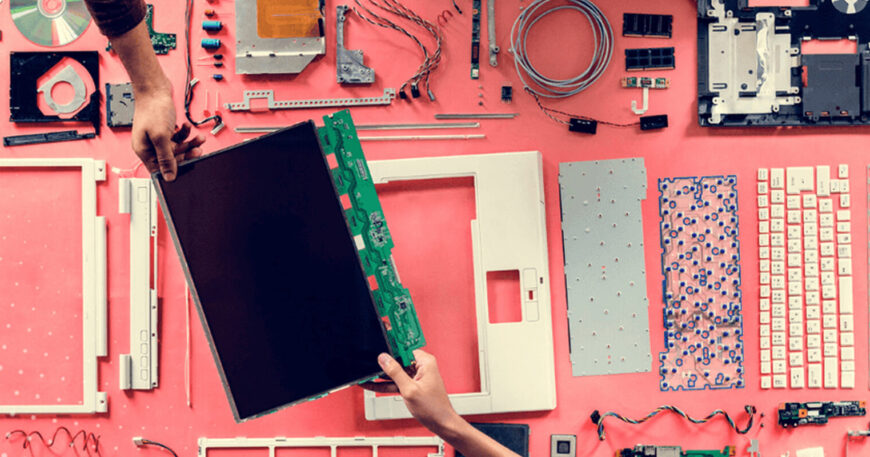Bill of Materials BOM Sourcing optimization is a critical strategy for electronics product manufacturers to reduce costs, improve efficiency, and maintain product quality. Here are some key steps and strategies for optimizing the BOM for electronics products:
Component Selection and Standardization
- Choose components that are readily available and have multiple sources to avoid supply chain disruptions.
- Standardize on components to reduce the number of unique parts in your BOM. This can lead to bulk purchasing and better negotiation power with suppliers.
Cost Reduction
- Evaluate alternative components that offer similar functionality but at a lower cost. This might involve looking at different manufacturers or technologies.
- Leverage volume discounts by consolidating component orders when possible.
Design for Manufacturability (DFM):
- Collaborate closely with your design and engineering teams to ensure that product designs are optimized for manufacturing processes. Minimize complex or hard-to-assemble components.
- Consider Design for Assembly (DFA) principles to reduce the number of parts and simplify assembly.
Lifecycle Management:
- Monitor the lifecycle of electronic components and plan for component obsolescence. Ensure that long-term supply of critical components is secured.
- Implement product lifecycle management (PLM) systems to track component availability and usage across multiple products.
Value Engineering:
- Continuously evaluate the value each component brings to the product. Remove or replace components that don’t significantly contribute to functionality or performance.
- Consider alternative materials or manufacturing processes that could reduce costs while maintaining quality.
Supplier Relationship Management:
- Cultivate strong relationships with key suppliers to negotiate favorable terms, access to new technologies, and preferential pricing
- Explore strategic partnerships with suppliers for joint cost reduction initiatives.
Component Sourcing Strategies:
- Use a combination of global and local suppliers to minimize lead times and shipping costs.
- Implement just-in-time (JIT) inventory practices to reduce carrying costs and improve cash flow.
Supply Chain Resilience:
- Develop contingency plans for supply chain disruptions, including alternative component sources and safety stock levels.
- Diversify suppliers to reduce dependency on a single source.
Cost Modeling and Analysis:
- Implement cost modeling tools and software to analyze the cost breakdown of your BOM. This can help identify cost drivers and areas for improvement.
- Conduct regular cost-benefit analyses for potential changes in the BOM.
Quality Assurance:
- Maintain strict quality standards when optimizing the BOM. Reducing costs should not compromise product reliability or performance.
- Perform thorough testing and quality control at various stages of the manufacturing process.
Environmental Considerations:
- Consider environmental regulations and sustainability goals when selecting components. Sustainable components may have long-term cost benefits and market advantages.
Continuous Improvement:
- BOM optimization is an ongoing process. Regularly review and update your BOM to incorporate new technologies, cost-saving opportunities, and market changes.
By implementing these strategies, electronics product manufacturers can optimize their BOMs, reduce costs, enhance product quality, and improve their overall competitiveness in the market.
Reach out to Epsilon Electronics for Bom optimization, Turnkey Pcb assembly, Hardware Manufacturing.
Contact Info:
Call Us: +91 9879 6261 81
Email: pcb@epsilonelectronics.in
Web: https://www.mfg.epsilonelectronics.in/




